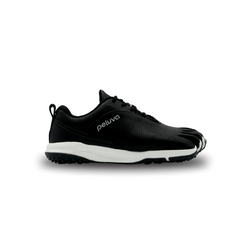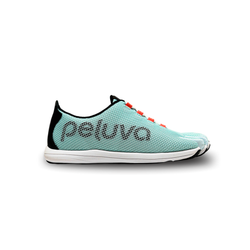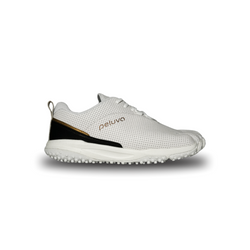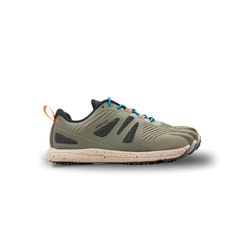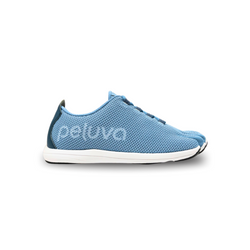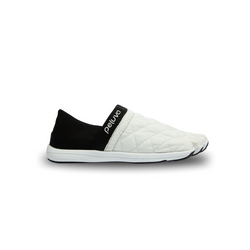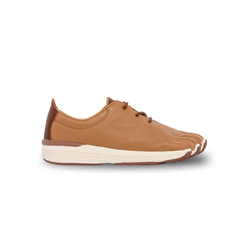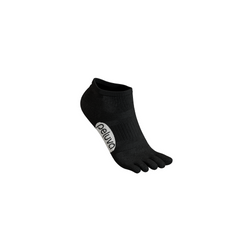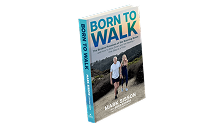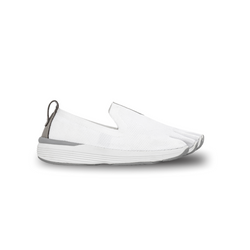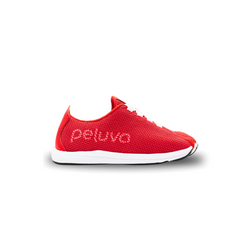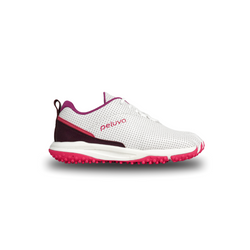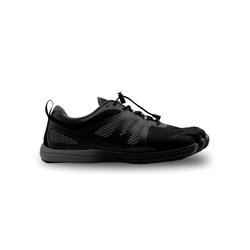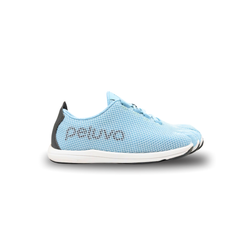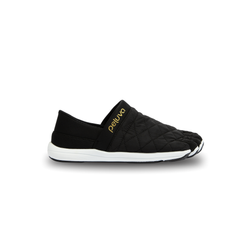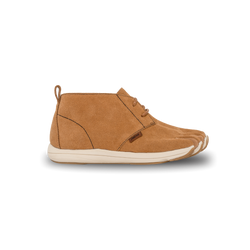I’ve been heartened by the response to the 2025 release of my latest book (written with Brad Kearns) titled Born To Walk. Clearly, the running boom is fraught with broken promises and unintended consequences, and it’s time to set things straight. In particular, endurance running is highly ineffective for fat reduction, and is highly injurious. These are not just my riffs: research from around the world reveals a shocking and embarrassing rate of overuse injuries. The Yale University School of Medicine reports that 50 percent of regular runners are injured every year. Wake Forest University data says the rate is 73 percent! Harvard University reports that 25 percent or regular runners are injured at any given time–that’s a higher rate than the National Football League (and not many runners are getting tackled out on the trails…)
When it comes to weight loss, emerging areas of research called the “excess endurance exercise hypothesis,” and the “active couch potato syndrome” suggest that calories burned through a devoted endurance exercise regimen are counterbalanced by a drive to increase caloric intake and decrease general daily activity. Also, the genetic signaling for endurance training is to shed muscle mass and store fat–a light frame with plenty of fat to burn is the essence of endurance competency.
However, with the running community larger and more enthusiastic than ever (‘24 New York City Marathon had 55k finishers, ‘25 London Marathon had 57k finishers!), I’ve also experienced some blowback from die-hard runners upset with some of the book messaging, podcast interview commentary (go search your podcast player for ‘Mark Sisson Born To Walk’ - I binged with nearly 30 interviews in a short time in early 2025 and I’m still catching my breath!), and social media sound bites (“running is a terrible idea if you want to lose weight!”)
Hey, I knew we were at risk of upsetting the running community when we published the book, but the research supports some of my main contentions. Runners get injured with such frequency because elevated, heavily cushioned running shoes enable poorly adapted people who should not be running to do so with poor form, which prompts inappropriate and excess impact trauma dispersed throughout the lower extremities, which prompts chronic inflammation and microtrauma to vulnerable joints, muscles and connective tissue, which prompts overuse injuries. This mouthful of an insight comes from the respected research of Harvard University’s Dr. Daniel Lieberman and his Skeletal Biology Laboratory.
Look, if you absolutely love running and are proficient at it, with minimal history of injury, I am not here to take that away from you. But if you run because you think you have to, because you assume it’s the ideal cardio or weight loss pursuit, I strongly suggest you consider walking as a superior alternative. If you do choose to run, I urge you to run only with optimal form, which might entail walking a bit, running with good form until your form breaks down, and then walking again until you recover. I cover these concepts in great detail in Born To Walk, and I think you’ll enjoy the read whether you’re a regular runner, walker or otherwise interested in a healthy, active lifestyle. You can grab a signed copy of Born To Walk when you order a pair of Peluvas–the best walking shoes in the world!
